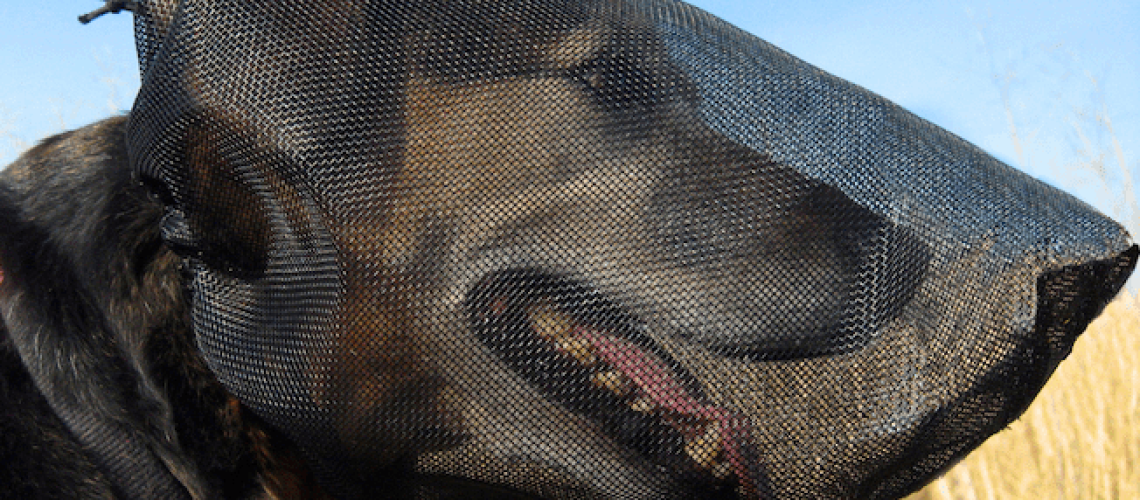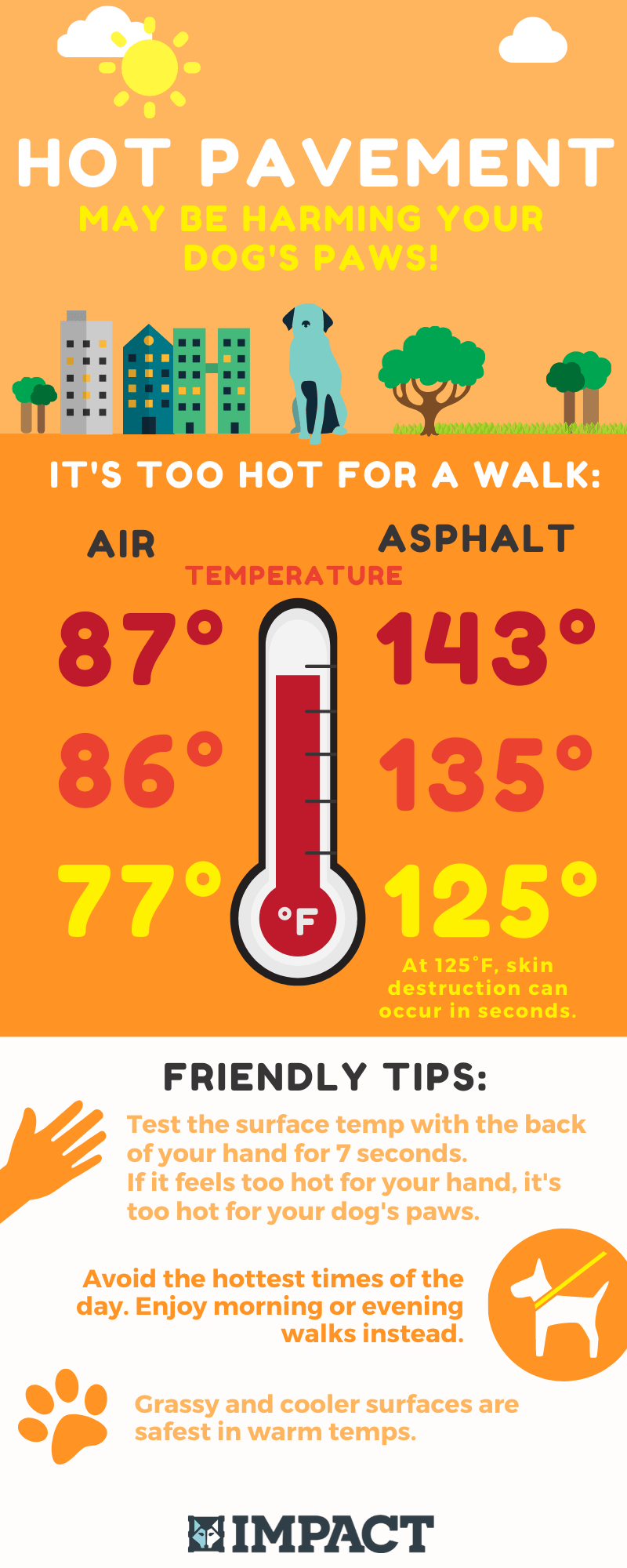Key Takeaways:
- Regularly check your dog's coat and paws for foxtails and cheatgrass, especially after walks in grassy areas.
- Trim long hair on your dog to reduce the risk of foxtail and cheatgrass entanglement.
- Avoid walking your dog in areas with high concentrations of foxtails and cheatgrass.
- If you notice any signs of foxtail or cheatgrass in your dog's nose, ears, or paws, seek veterinary attention immediately.
- Consider using protective gear such as booties or vests to prevent foxtails and cheatgrass from sticking to your dog's fur.
Are you a proud dog owner looking to keep your furry friend safe and healthy? If so, then understanding how to protect your dog from foxtails and cheatgrass is essential knowledge. These seemingly harmless plants can actually pose serious threats to your canine companion. By delving into this subject, you will gain valuable insights on how to prevent these pesky plants from causing harm to your beloved pet. Did you know that according to veterinary reports, thousands of dogs suffer from foxtail-related injuries each year? This alarming statistic highlights the importance of being proactive in safeguarding your dog against these potential dangers. So, let's explore the world of foxtails and cheatgrass together, and discover practical ways to ensure your dog stays happy and healthy.
What are Foxtails and Cheatgrass, and Why Should You Be Concerned?
Foxtails and cheatgrass are both types of grasses commonly found in many regions. They may seem harmless at first, but they can pose serious risks to your dog's health. Foxtails are grass awns that have sharp, barbed seeds attached to them. These seeds can easily get lodged in your dog's fur or skin and cause various problems. Cheatgrass, on the other hand, is a type of invasive grass that has small barbs on its seeds. These barbs can also become embedded in your dog's fur or skin.
So why should you be concerned about foxtails and cheatgrass? Well, these plants can cause a range of issues for your furry friend. If left untreated, foxtails and cheatgrass can lead to infections, abscesses, or even more severe complications if they enter your dog's body through their nose, ears, eyes, or paws. It's essential to be aware of these plants and take steps to protect your dog from them.
Foxtails
Foxtails are named after their appearance; they resemble the tail of a fox with their long shape and pointy ends. These grass awns love dry climates and are most commonly found in fields, meadows, and along hiking trails. They tend to grow during spring and summer when the weather is warmer.
Cheatgrass
Cheatgrass is an invasive species that originated from Europe but has spread across North America. It is known for its ability to outcompete native grasses due to its rapid growth cycle. Cheatgrass thrives in arid environments such as deserts or open grasslands.
Identifying Foxtails and Cheatgrass to Keep Your Dog Safe
Knowing how to identify foxtails and cheatgrass can help you prevent your dog from coming into contact with them. Here are some key characteristics to look out for:
Foxtails Identification
- Long, slender grass awns that resemble a fox's tail.
- Sharp, barbed seeds attached to the grass awns.
- Commonly found in fields, meadows, and along hiking trails.
Cheatgrass Identification
- Short grass with barbs on its seeds.
- Grows rapidly during spring and early summer.
- Tends to invade arid environments like deserts or open grasslands.
The Dangers of Foxtails and Cheatgrass for Dogs: Potential Injuries
Foxtails and cheatgrass can cause various injuries to your dog if they become lodged in their fur or skin. These injuries can range from mild irritation to severe complications. Here are some potential dangers:
Potential Injuries Caused by Foxtails and Cheatgrass
- Skin irritation: The sharp barbs on foxtails and cheatgrass can irritate your dog's skin, leading to itching, redness, or rashes.
- Infections: If a foxtail or cheatgrass seed enters your dog's body through their nose, ears, eyes, or paws, it can cause infections that may require medical intervention.
- Abscesses: Foxtails that penetrate the skin can create abscesses or pus-filled pockets that need veterinary attention.
- Pneumonia: Ingesting foxtails or cheatgrass seeds can lead to respiratory issues, including pneumonia, if they get stuck in your dog's throat or lungs.
Common Areas Where Foxtails and Cheatgrass Get Stuck on Dogs
Foxtails and cheatgrass can get stuck in various parts of your dog's body. It's crucial to be aware of these common areas to detect and remove them promptly:
Common Areas Where Foxtails and Cheatgrass Get Lodged
- Ears: Foxtails can enter your dog's ear canal, leading to pain, discomfort, and potential hearing loss if not addressed.
- Nose: Inhaled foxtails or cheatgrass seeds can cause sneezing, nasal discharge, and breathing difficulties.
- Eyes: If a foxtail or cheatgrass seed gets into your dog's eye, it can cause irritation, redness, and potentially more severe complications if left untreated.
- Paws: Foxtails or cheatgrass seeds can become embedded between your dog's toes or in the paw pads, causing pain, swelling, and infections.
Protecting Your Dog from Foxtails and Cheatgrass: Practical Steps
Prevention is key when it comes to protecting your dog from foxtails and cheatgrass. Here are some practical steps you can take:
Tips for Protecting Your Dog from Foxtails and Cheatgrass
- Keep your dog away from areas where foxtails or cheatgrass are prevalent.
- Inspect your dog's fur after walks or hikes for any signs of grass awns or barbed seeds.
- Trim long hair around your dog's ears to minimize the risk of foxtail entry.
- Use dog-friendly repellents or sprays to deter foxtails and cheatgrass in your yard or outdoor spaces.
What to Do If Your Dog Gets a Foxtail or Cheatgrass Lodged in Their Fur or Skin
If you suspect that your dog has a foxtail or cheatgrass lodged in their fur or skin, it's crucial to take action promptly. Here's what you can do:
Steps to Take If Your Dog Has a Foxtail or Cheatgrass Lodged
- Gently examine the affected area, using caution to avoid pushing the grass awn deeper into the skin.
- If the foxtail or cheatgrass is visible and easily accessible, carefully remove it with tweezers or your fingers (if they are clean). Ensure you pull it out entirely, including any attached seeds.
- If you cannot safely remove the grass awn yourself, seek veterinary assistance immediately. They have the necessary tools and expertise to extract it without causing further harm.
- Monitor the area for any signs of infection or complications. If you notice redness, swelling, discharge, persistent pain, or other concerning symptoms, consult your vet.
In conclusion, protecting your dog from foxtails and cheatgrass is important to keep them safe and healthy. By being aware of the risks, regularly checking their fur and paws, and removing any foxtails or cheatgrass promptly, you can help prevent potential harm to your furry friend.
How do you keep dogs safe from foxtails?
Before going on a hike, walk, or playing in the backyard with your dog, follow these tips to avoid any issues with foxtails. Trim the hair around your dog's ears and between their toes to reduce the risk of seeds getting caught. Consider getting boots for your dog to provide extra protection. You can also use the OutFox Field Guard, which helps shield your dog's eyes, ears, and mouth from seeds.
Is cheatgrass the same as foxtails?
A Foxtail awn refers to the pointed and barbed seed head of a grassy plant, such as Wild Barley or Cheatgrass. Other names for grasses of this type include Speargrass, Bromegrass, and Needlegrass. The term "Foxtail" is used to describe the dense cluster of seed awns that these plants possess.
What if my dog eats cheatgrass?
Problems caused by cheatgrass occur when a dog breathes it in. If the dog swallows cheatgrass and it goes down the throat, it will probably be digested. However, if it is swallowed and enters the windpipe, it can turn into a foreign object that moves within the body. This foreign object can then travel to the heart, lungs, or abdomen and develop into an abscess.
How do you prevent cheatgrass?
The tillage-reseed strategy involves using spring tillage to interrupt the growth of cheatgrass. Then, in the fall, additional tillage and/or herbicide application are done to eliminate any new seedlings. Finally, in late fall or early winter, it is recommended to consider reseeding with desirable perennial species.
How do you get rid of cheatgrass naturally?
If cheatgrass is only growing in a small area, you can manually remove it by hand during the spring and fall. However, if you have livestock, it is recommended to heavily graze cheatgrass areas twice in early spring, with a gap of approximately three weeks between grazings, before the seed formation occurs.
What kills foxtails naturally?
Using white vinegar is a do-it-yourself method to get rid of weeds in your yard, specifically foxtail weed, without causing any harm to the surrounding turf grass.

















